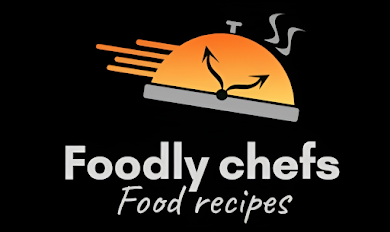Baking vs. Broiling vs. Grilling Pizza: Exploring the Pros and Cons of Different Methods
Introduction:
When it comes to cooking pizza, there are several methods to choose from, each with its own unique set of advantages and considerations. In this informative article, we compare the pros and cons of baking, broiling, and grilling pizza. By understanding the characteristics and nuances of each method, you can make an informed decision and elevate your pizza-making prowess.
1. Baking Pizza:
Baking pizza in a traditional oven is the most common and accessible method. It offers consistent heat distribution and control, making it suitable for various pizza styles and toppings.
Pros:
- Even Heat Distribution: Baking ensures that heat is evenly distributed throughout the oven, resulting in a uniformly cooked crust and toppings.
- Controlled Environment: The oven's temperature can be precisely regulated, allowing for consistent and predictable results.
- Versatility: Baking accommodates a wide range of pizza styles, including thin crust, thick crust, and stuffed crust.
Cons:
- Limited Crust Options: Baking may not achieve the same level of char and crispness as other methods, making it less suitable for recreating the distinct characteristics of certain pizza styles.
- Longer Cooking Time: Baking typically requires a longer cooking time compared to other methods, as the heat needs to penetrate the dough and toppings thoroughly.
2. Broiling Pizza:
Broiling involves cooking pizza under direct heat from the oven's broiler element. This method is ideal for achieving a quick and crispy crust.
Pros:
- Rapid Cooking: Broiling delivers intense heat from above, resulting in rapid cooking times and a beautifully charred and crispy crust.
- Charred Flavor: The high heat of broiling creates a delicious charred flavor reminiscent of wood-fired ovens.
- Efficient Use of Oven: Broiling allows for quick cooking, making it useful when you're short on time or need to cook multiple pizzas.
Cons:
- Uneven Heat Distribution: Broiling primarily heats the top of the pizza, which can result in uneven cooking if not carefully monitored and rotated.
- Topping Considerations: Broiling may not be suitable for pizzas with delicate or easily burned toppings, as they may not have enough time to cook through before the crust becomes too charred.
3. Grilling Pizza:
Grilling pizza offers a unique and flavorful twist by infusing the crust with smoky notes. This method requires direct heat from a grill or barbecue.
Pros:
- Smoky Flavor: Grilling imparts a distinct smoky flavor to the pizza crust, adding depth and complexity to the overall taste.
- Crispy Crust: The direct heat from the grill produces a crispy crust with charred grill marks, providing a delightful contrast to the toppings.
- Outdoor Cooking Experience: Grilling pizza offers an enjoyable outdoor cooking experience, perfect for gatherings and summer cookouts.
Cons:
- Heat Control: Grilling requires careful heat management to prevent burning the crust or unevenly cooking the toppings.
- Limited Topping Options: Grilling may not be suitable for heavily topped pizzas, as the direct heat can potentially cause toppings to burn or slide off the crust.
Conclusion:
Baking, broiling, and grilling each bring their own unique advantages and considerations to the art of cooking pizza. Baking offers versatility and precise temperature control, while broiling delivers quick and crispy results. Grilling provides a smoky flavor and a delightful outdoor cooking experience. Consider the style of pizza you desire, the available equipment, and your personal preferences when selecting a cooking method. Experimentation and practice will help you refine your skills and create delicious pizzas, regardless of the chosen method. So, explore the possibilities, unleash your creativity, and savor the journey of mastering the art of pizza-making through baking, broiling, or grilling.


0 Comments